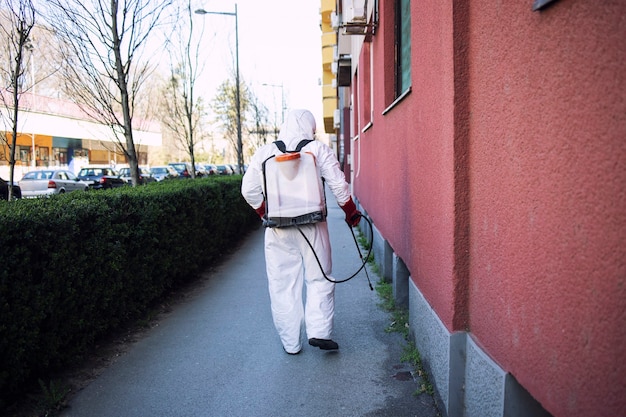
Ultimate Guide to Termite Bait Stations for Inside Your Home
Termites are notorious for causing significant damage to homes, often resulting in costly repairs. One effective method to manage and prevent termite infestations is the use of termite bait stations. These stations offer a strategic approach to control termites by using bait that disrupts their growth and reproduction. Understanding how these systems work and their benefits can help homeowners protect their properties from the destructive nature of termites.
What Are Termite Bait Stations?
Termite bait stations are devices used to monitor and control termite activity. They typically contain a cellulose-based bait that is laced with a slow-acting insecticide. When termites consume the bait, they carry it back to the colony, effectively spreading the insecticide among the population. This gradual process helps in eliminating the entire colony over time.
How Do Termite Bait Stations Work?
The operation of termite bait stations involves several crucial steps:
- Installation: Bait stations are strategically placed around the perimeter of a home or directly inside the home in areas prone to termite activity.
- Monitoring: Regular inspections are conducted to check for termite activity within the stations.
- Baiting: Once termites are detected, active bait is introduced to eliminate the colony.
- Maintenance: Continuous monitoring and replenishment of bait ensure long-term protection.
For more detailed insights on the workings of termite bait stations, read more about this topic.
Benefits of Using Termite Bait Stations
There are numerous advantages to using termite bait stations, including:
- Environmentally Friendly: These stations use minimal insecticide, reducing the ecological footprint compared to traditional methods.
- Non-Invasive: Bait stations can be installed with minimal disruption to the home or landscape.
- Targeted Approach: The bait specifically targets termites, minimizing the impact on non-target species.
- Colony Elimination: By targeting the entire colony, bait stations provide a long-term solution to termite infestations.
Learn more in this detailed guide about the benefits of termite bait stations.
Installation and Maintenance of Termite Bait Stations
Installation Process
Proper installation is key to the effectiveness of termite bait stations. Here are the steps typically involved:
- Conduct a thorough inspection to identify termite-prone areas.
- Place bait stations at regular intervals around the property or within the home.
- Ensure stations are placed in areas where termites are actively foraging.
For a comprehensive understanding of the installation process, explore further insights here.
Maintenance Tips
To maintain the effectiveness of bait stations, regular maintenance is crucial:
- Inspect stations monthly to check for termite activity and bait consumption.
- Replace bait as needed to ensure continuous protection.
- Adjust placement if necessary to optimize termite interception.
Find additional information here on maintaining termite bait stations effectively.
Comparing Bait Stations with Other Termite Control Methods
While there are various methods to combat termite infestations, bait stations offer distinct advantages:
- Bait Stations vs. Liquid Barriers: Unlike liquid barriers, bait stations do not require extensive trenching or drilling, making them less disruptive.
- Bait Stations vs. Fumigation: Fumigation is a one-time treatment, whereas bait stations provide ongoing monitoring and protection.
For a detailed comparison of termite control methods, explore further insights here.
In conclusion, termite bait stations are a valuable tool in the fight against termite infestations. By understanding their operation, benefits, and maintenance requirements, homeowners can effectively protect their properties from the costly damage termites can inflict. For more comprehensive information, read more about this topic.